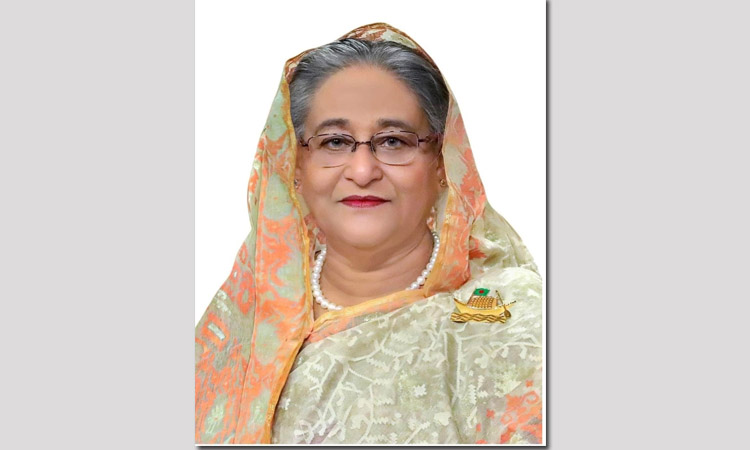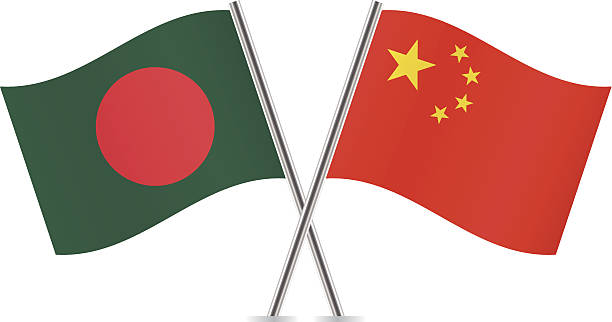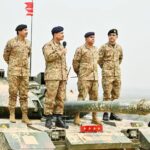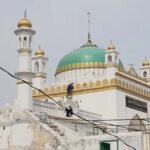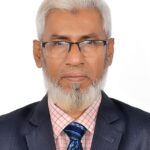
CREATOR: gd-jpeg v1.0 (using IJG JPEG v62), quality = 70
Moon Desk: Burhan Wani was born to Muzaffar Wani, a school teacher. He was the leader of the Hizbul Mujahideen, a group fighting for the liberation of Kashmir from the oppressive stranglehold of the Indian army that he had joined at the age of only 15 years. Earlier his elder brother, Khalid, was killed in a police “encounter” in 2015. Khalid mutilated body was returned to his family.
His father, Muzaffar Wani maintains that it was a result of custodial killing, as there were no bullet marks on the body. He was killed in an encounter with the Indian Army, at the young age of twenty-one. But not before becoming the poster boy of all freedom fighters in Kashmir, because of his skillful use of the social media.
On 8 July 2016, Burhan Wani was killed in a planned operation by the Jammu and Kashmir Police and the Rashtriya Rifles, it followed a tip-off that Wani was planning to come down from the Tral forest for Eid celebrations, he and two associates were cornered in the Kokernag area, in Srinagar. Among the pictures of flag hoisting in Kashmir that were widely shared on social media is Muzaffar Wani unfurling the national flag at a government school in Tral. Muzaffar Wani is the father of Burhan Wani, the freedom fighter of Hizbul Mujahideen, whose killing led to massive civilian unrest in the Valley in 2016. The Indian authorities declared a bounty of 10 lakhs on Burhan Wani’s head in August 2015. Burhan had been a bright student in school, and like most kids his age was a cricket fan, and was an admirer of Shahid Afridi and Virender Sehwag. One of his scorned girlfriends revealed Burhan’s location to the police.
Unrest followed the killing of Burhan Wani on 8th July, 2016. The unrest continued into 2017, but primarily in the valley of Kashmir. Curfew followed in 10 districts of the valley. Curfew was imposed in all 10 districts of the valley on 15 July and mobile services were suspended. However, protesters defied curfew with attacks on security forces and public properties. Kashmir valley then remained under 53 consecutive days of curfew. The curfew was lifted on 31 August, but was reimposed in some areas the next day.
Jammu and Kashmir police and Indian paramilitary forces used pellet guns, tear gas shells, rubber bullets, as well as assault rifles. More than 90 civilians were killed and over 15,000 civilians were injured, including many who were blinded by pellet guns. Two security personnel died and over 4,000 were injured.
Despite the public outrage over the deaths and mass blindings caused by the use of pellet-firing shotguns, the state government has only set up one special investigation into a death caused by pellet-gun injuries. On 9 January 2017, it ordered the Deputy General of Police-Central Kashmir Range to set up a Special Investigation Team to probe the killing of 21-year-old Riyaz Ahmad Shah, on 2 August 2016. A pellet cartridge shot at close range had penetrated and burst in his abdomen, leaving over 300 metal pellets in his body. The police had previously filed a FIR against “security forces” in relation to his death. However, there have been no investigations into determining whether the other deaths and serious injuries caused by pellet-firing shotguns are cases of excessive use of force by police and central paramilitary forces. Columnists including Prem Shankar Jha termed the unrest as Kashmir’s Intifada
Resistance to oppression is critical for any kind of hope to survive. Burhan Muzaffar Wani has entered the pantheon of the great revolutionary leaders who have sacrificed their lives for the liberation of their country from a brutal occupation.
